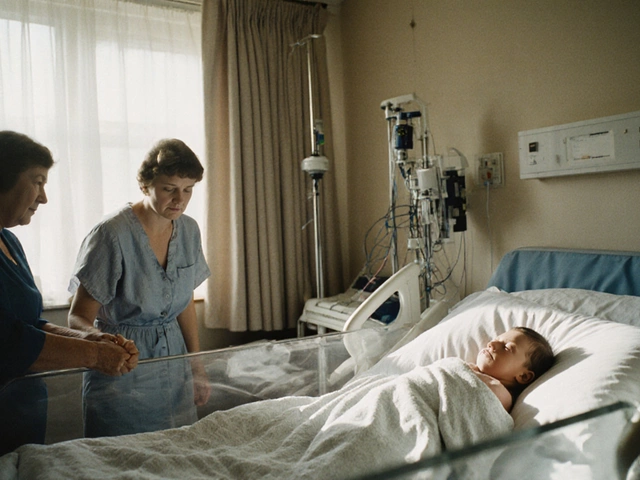The ability to kneel after knee replacement surgery often concerns many patients. Although it might seem challenging, with the right recovery steps and guidance, kneeling can still be possible. This article explores the factors affecting kneeling post-surgery, tips to achieve it, and advice from experts. Understanding these aspects can aid in a smoother recovery journey. Patience and proper guidance are crucial for a positive outcome.
Read MorePost‑Surgery Activities: Easy Ways to Speed Up Healing
Got out of the operating room and wondering what you can actually do now? The first few weeks after any surgery are a mix of excitement and caution. You want to get back to normal, but you also need to protect the wound and avoid setbacks. Below are simple, everyday actions that help you stay comfortable, keep your body moving, and speed up the healing process.
Gentle Movement Beats Staying Still
Even if your doctor says you can’t lift heavy things, tiny movements matter. Start with short walks around your house or room. Aim for 5‑10 minutes a few times a day – it improves circulation, reduces swelling, and keeps joints from stiffening. If you had bone or joint surgery, try ankle pumps (flex and point your toes) while sitting. These tiny exercises boost blood flow without stressing the surgical site.
For heart‑related procedures, deep‑breathing exercises are a must. Sit upright, inhale slowly through the nose for four counts, hold for two, then exhale gently through the mouth for six counts. Repeat 5‑10 times. This not only expands the lungs but also keeps the heart rhythm steady and lowers the risk of blood clots.
Smart Nutrition Keeps You Strong
What you eat after surgery is as important as any medicine. Focus on protein – it’s the building block for tissue repair. Include eggs, lentils, paneer, or lean meat in every meal. Add a handful of nuts or a spoonful of Greek yogurt for extra calories if you’re feeling low on energy.
Don’t forget hydration. Aim for at least eight glasses of water a day unless your surgeon says otherwise. If you’re on a low‑salt diet after heart surgery, flavor water with cucumber or lemon instead of reaching for salty snacks.
Limit foods that cause inflammation, especially if you’re dealing with an orthopedic procedure. Skip fried snacks, sugary drinks, and heavy cream sauces. Instead, reach for turmeric‑spiced vegetables or a small piece of dark chocolate – they’re easy on the wound and still satisfy cravings.
Rest, But Not Too Much
Sleep is when most healing happens, but too much bed rest can lead to muscle loss. Follow your doctor’s guidelines on how long you should stay in bed each night – usually 7‑9 hours. When you’re awake, keep the affected area supported with pillows and avoid hunching over screens.
If you notice swelling or a sharp pain that doesn’t improve, pause the activity and call your surgeon. Small discomfort is normal, but worsening pain can signal a problem.
Practical Everyday Tips
- Set a reminder on your phone to stand and stretch every hour.
- Keep a log of your pain levels and activity accomplishments – it helps you see progress.
- Use assistive devices (walker, crutches) as instructed; they’re there to protect you, not to hold you back.
- Ask a family member or friend to help with heavy chores for the first two weeks.
Remember, every surgery is different, so always double‑check any new activity with your surgeon or physiotherapist. By moving gently, eating right, and resting smart, you’ll get back to your favorite hobbies faster and with fewer complications.





